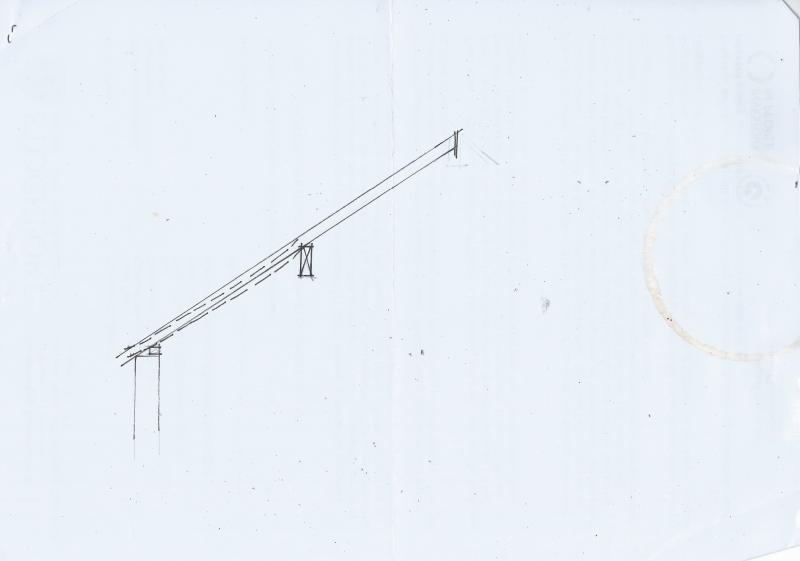Hi
I just watched an old episode of Grand Designs and am considering incorporating something I saw. Basically to make the bedrooms seem bigger they ripped out the ceilings hence losing the attic/loft space but ending up with very high vaulted ceilings.
I'm hoping to build a double storey side extension. The loft in my existing house has been converted and so the new loft/attic space is not needed. So in the proposed new section is there any BR reasons I can't do this? ie no conventional ceilings on the first floor?
Thanks
I just watched an old episode of Grand Designs and am considering incorporating something I saw. Basically to make the bedrooms seem bigger they ripped out the ceilings hence losing the attic/loft space but ending up with very high vaulted ceilings.
I'm hoping to build a double storey side extension. The loft in my existing house has been converted and so the new loft/attic space is not needed. So in the proposed new section is there any BR reasons I can't do this? ie no conventional ceilings on the first floor?
Thanks


